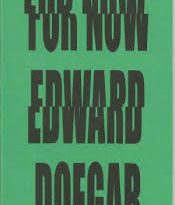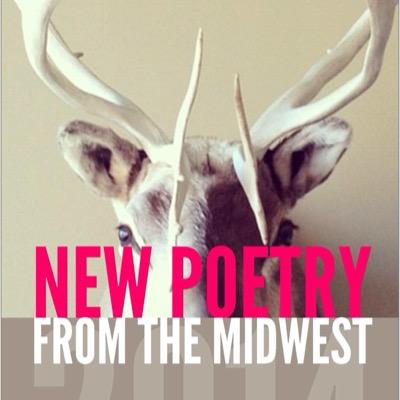Crying For No Reason by Kim Kyung Ju, translated by Jake Levine
– Reviewed by Jenna Clake –
Kim Kyung Ju’s Wikipedia page states that he was once considered a ‘classical’ poet, before becoming more concerned with performance poetry and theatre. The performance element of his poetry is evident in Crying For No Reason: repetition is frequent, and simple and evocative images are revisited and reimagined, so that the poems appear to be one long interconnected piece of work.
In the first poem, ‘Sweep up a Flock’, an image is established and then refigured:
Like the sound of washing thighs in cold water, a flock
of birds takes flight.A ridge is formed from the thighs of a flock of birds.
Wild roses bloom on the thighs of a flock of birds.
By comparing the flock of birds to a human body part, Kyung Ju establishes a connection between humans and nature. Throughout the pamphlet, Kyung Ju explores whether this connection is positive or not – at the end of this poem, the speaker ‘sweep[s] up a flock of fallen birds’. Surreal collisions appear throughout: in ‘Mug Cup’, a bird and rat leave their feet behind without much trouble. In ‘Reindeer on My Upper Lip’ the human body becomes a habitat:
Once upon a time, a baleen whale
Breached upon my upper lip.
When my ears got hot the ice began to melt
and the reindeer carefully licked the flapping whale.
As the reindeer aid the stranded whale, they ignore the speaker and ‘sorrowfully mumble to themselves’. The human is made unfamiliar and imposing, but the speaker believes the reindeer to be ‘dangerous’ instead.
Misunderstandings, or attempts to understand, are a crucial element of the poems. In ‘Snow Blind’, the speaker admits his aphasia, and this explains the meandering style of the work. While one speaker claims that reindeer are dangerous, another sees how nature might flourish without human intervention:
When the water got turned off
I became the water
rolling through the hills.When a person got shut down
I became a dove perched
on a sunflower.
An inability to communicate – or an anxiety surrounding communication – runs beneath the surface in many of these poems. This is most explicitly explored in ‘Without a Trace’, as the flock of birds returns to tamper with the speaker’s writing. ‘Infected by a flock of birds, // a sentence forms sounds.’ That these ‘sounds’ are undetermined suggests that, to the speaker, they might be nonsensical, or not the words he wanted to write. The birds (perhaps a manifestation of this anxiety) infiltrate the speaker’s life (‘the birds in my dreams/ drool on my pillow’) until the speaker begins writing in their ‘spit’, and feels left ‘without a trace’. Kyung Ju ruminates on the poet’s role in ‘Poet Blood’, where the ‘poet’s role is to play breath’. This poem seems to be Kyng Ju’s ars poetica, where the performative elements of his work are emphasised. The speaker claims that the poet ‘makes any space a theatre’ and that ‘[b]reath makes a sentence,/ and into that space it floats into the world.’ However, the breath ‘doesn’t have long to live/ and disappears into a place no one can know,’ suggesting that Kyung Ju believes the poet’s time – or the time for their work to be relevant and appreciated – to be very short. These meandering conditions are typical of the poems in the pamphlet, and they often repel direct logic.
This difficulty of communication becomes more ostensibly personal in ‘Let Me In’, where the speaker tells an unidentified ‘you’: ‘my saddest name/ is your name’. The inability to express emotion and pain becomes apparent:
Even if I am scared I won’t talk because
I love you,
and because I am scared I won’t talk because
I love you.
The speakers in these poems often twist themselves into restraints and, for this speaker, love is no different. Despite its convoluted logic, the poem is emotionally resonant.
Crying For No Reason is a challenging pamphlet which resists straightforward readings. Indeed, I feel as though I might have misinterpreted Kim Kyung Ju’s work. My notes whilst reading were littered with questions marks and ellipses, as I tried to find a meaning that would fit. The beauty here is, perhaps, that no one meaning will fit, that the poems are layered with many meanings. I imagine my re-readings will create different, maybe clearer, interpretations.




